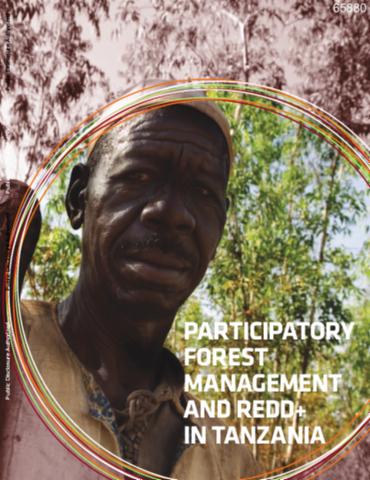Evaluación del uso, cambio de uso y cobertura del suelo, y proyectos forestales del mecanismo de desarrollo limpio (MDL) y de la reducción de emisiones derivadas de la deforestación y degradación forestal (REDD) en el municipio de Riberalta, Amazonía B...
A fines del anterior siglo los impactos ambientales negativos de las actividades humanas sobre los bosques amazo?nicos se han vuelto un tema primordial en las agendas poli?ticas mundiales. La investigacio?n cienti?fica ha permitido desarrollar una variedad de alternativas para reducir los impactos por deforestacio?n y la degradacio?n de los bosques.






